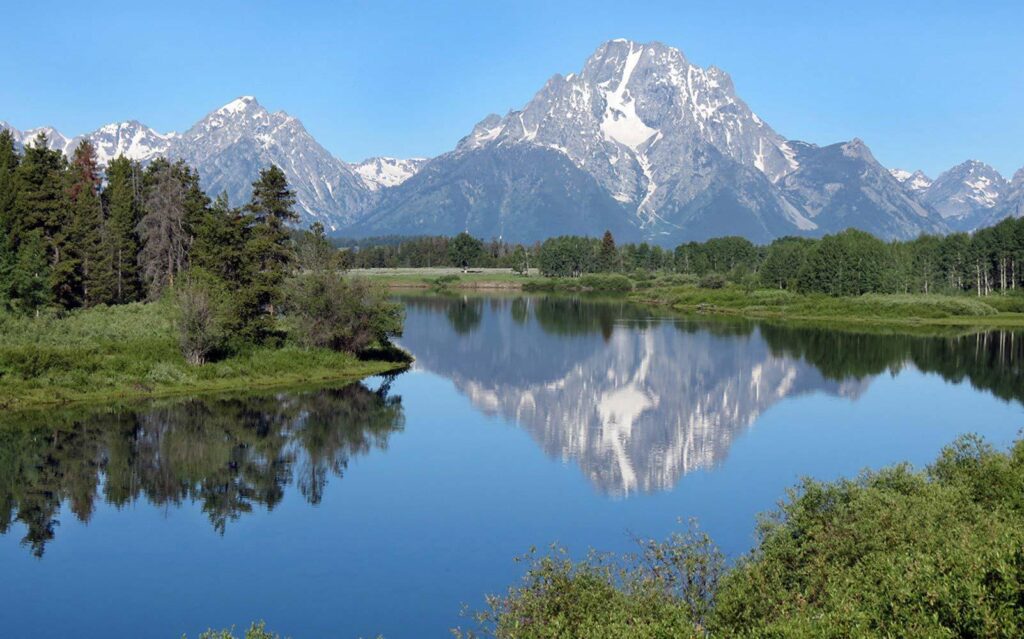Public lands have long been arenas for conservation, recreation, and public enjoyment. But when politics infiltrate these spaces, the implications can ripple far beyond their borders. A recently filed Hatch Act complaint involving NC State University highlights growing tensions over the intersection of public land management and political activity. This case not only raises questions about legal boundaries for public employees but also signals broader challenges for the future of conservation efforts nationwide. As debates intensify over how public lands are stewarded and discussed, experts and officials alike are watching closely to see what this complaint might mean for the balance between politics and preservation.
The Intersection of Public Lands and Political Boundaries
Public lands have long been viewed as neutral spaces dedicated to conservation, recreation, and cultural heritage. However, recent controversies reveal how these lands have become entangled in political disputes that transcend their intended purpose. The complaint filed under the Hatch Act alleges misuse of governmental authority on federally managed lands, raising questions about the politicization of conservation efforts. This intersection underscores a growing tension: can public lands remain apolitical when the lines of jurisdiction overlap with increasingly polarized political boundaries?
At the heart of this debate lies a complex relationship between federal and state agencies, local governments, and political interests. The table below outlines key stakeholders and their roles in managing public lands, highlighting how conflicts can arise when objectives diverge:
| Stakeholder | Typical Role | Potential Political Influence |
|---|---|---|
| Federal Agencies | Conservation, resource management | Subject to national policy changes |
| State Governments | Local land use decisions | Alignments with state political agendas |
| Local Communities | Recreational access, economic benefits | Pressure lobbying for local priorities |
| Environmental Groups | Advocacy and monitoring | Campaigns influencing public opinion |
- Fragmented governance often leads to inconsistent policies.
- Political encroachment can undermine long-term conservation goals.
- Public land users face confusion amid shifting regulatory landscapes.
As political boundaries redefine stewardship responsibilities, public lands risk becoming arenas for ideological battles rather than preserved sanctuaries. The Hatch Act complaint serves as a stark reminder that managing these shared spaces requires vigilance to keep conservation efforts insulated from partisan agendas, ensuring their protection for future generations.
Analyzing the Implications of the Hatch Act Complaint on Conservation Efforts
The Hatch Act complaint lodged against a federal employee in charge of public land management underscores a growing tension between politics and environmental stewardship. This incident raises critical concerns about the impartiality of agencies tasked with conserving natural resources, potentially undermining public trust and complicating cross-sector collaboration. Given that conservation work often requires coordinated efforts across political lines, the complaint serves as a stark reminder of how politicization can stall meaningful progress and dilute conservation priorities.
Key implications for conservation efforts include:
- Increased scrutiny of agency employees’ actions and communications, which may inhibit proactive leadership
- Potential delays in land management projects due to political disputes, affecting timelines and budgets
- A chilling effect on cooperative partnerships between governmental bodies and non-governmental organizations
| Aspect | Potential Impact |
|---|---|
| Public Trust | Decreased confidence in agency neutrality |
| Interagency Collaboration | Hindered communication and coordination |
| Policy Implementation | Slowed or politicized enforcement |
Strategies for Protecting Conservation Integrity Amid Political Challenges
In an era where conservation initiatives increasingly intersect with political agendas, maintaining the integrity of public land stewardship requires vigilant, adaptive approaches. Advocates emphasize the importance of transparency and accountability in governmental actions related to public lands, ensuring decisions remain rooted in scientific evidence rather than partisan influence. To achieve this, agencies are encouraged to implement robust monitoring frameworks that openly communicate policy shifts and their environmental impacts to the public and stakeholders alike.
Moreover, coalition-building across diverse interest groups has proven vital in resisting politicization. Key tactics include:
- Engaging local communities through participatory decision-making processes to foster shared ownership of conservation goals.
- Strengthening alliances between nonprofit organizations, academic institutions, and indigenous groups to amplify collective voice.
- Utilizing legal mechanisms to challenge policies or actions that threaten environmental protections under established laws.
| Strategy | Primary Benefit | Example in Practice |
|---|---|---|
| Transparency Initiatives | Build public trust | Open data portals for land management |
| Community Engagement | Enhance local support | Inclusive town halls |
| Legal Action | Protect regulatory frameworks | Litigation opposing policy rollbacks |
Insights and Conclusions
As debates over public land management continue to surface, the Hatch Act complaint highlighted by NC State University serves as a critical lens on the intersection of politics and conservation. This case underscores the challenges of maintaining impartial stewardship in an increasingly polarized climate and raises important questions about the future direction of environmental policy. As stakeholders grapple with these issues, one thing remains clear: the stewardship of public lands will continue to be a contentious and defining battleground in the broader conversation about conservation and governance.
